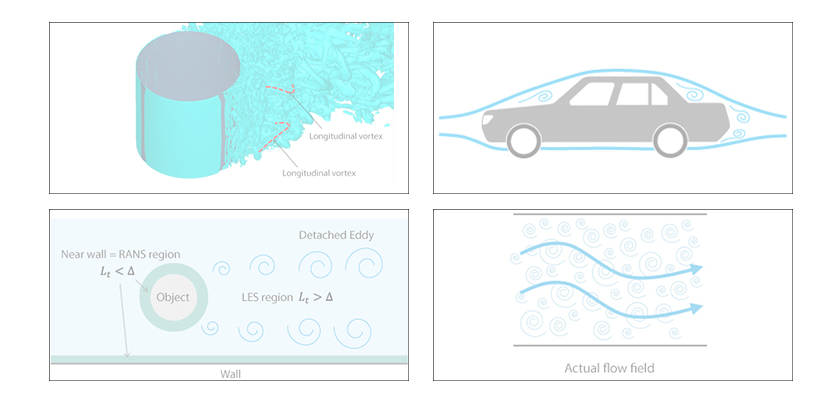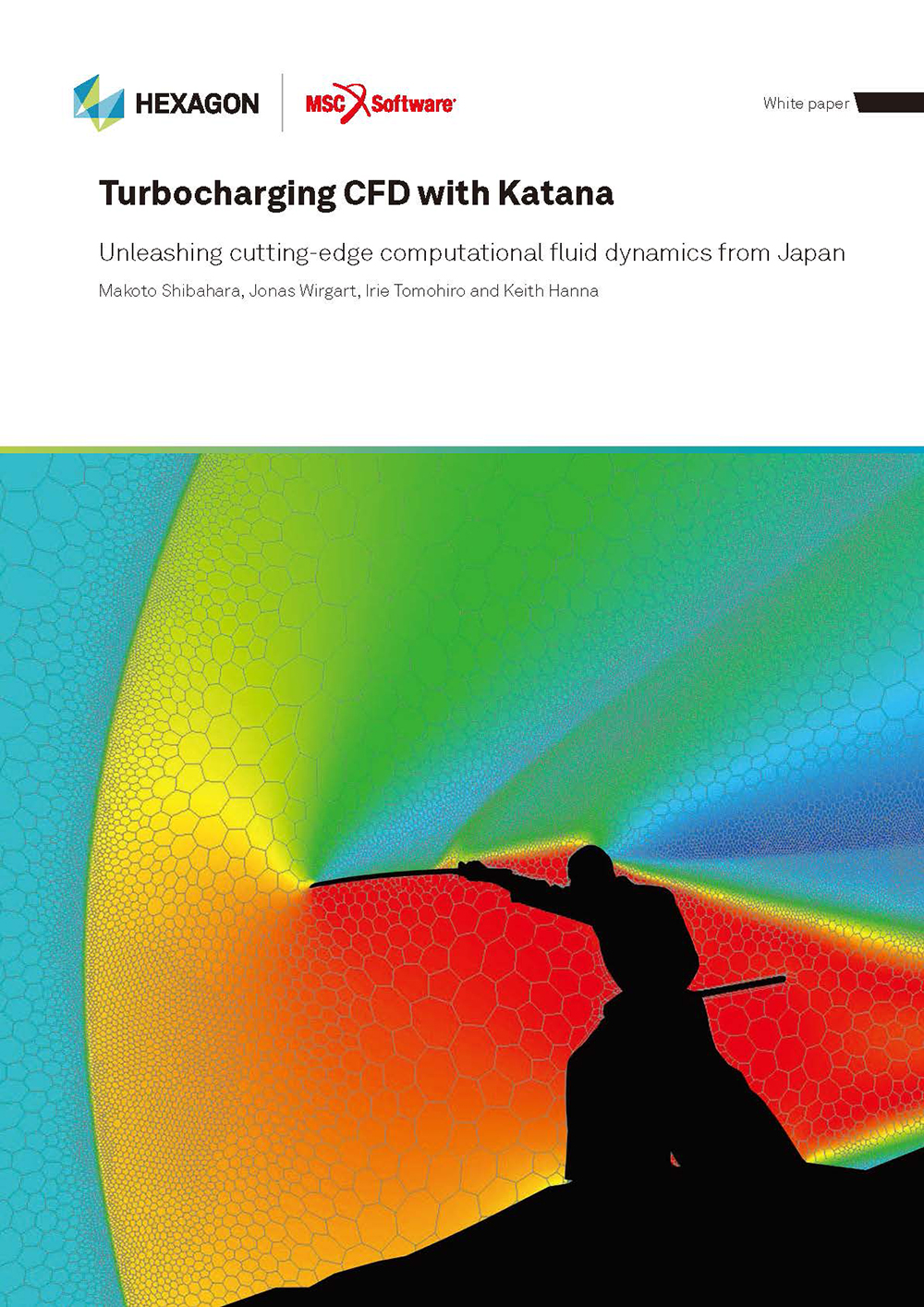Basic Course on Turbulence and Turbulent Flow Modeling 1: 1.1 Introduction, 1.2 What is a turbulent flow?

What is turbulent flow? (1) - Actually something very familiar!
1.1 Introduction
What comes to mind when you hear the term “turbulent flow”? Engineers working in fluid simulation are familiar with the term. Even so, many of these engineers only care about setting the turbulent flow boundary conditions required by the simulation software they're using and do not have a good physical understanding about what turbulent flow actually is. Of course, people who do not work with flow simulation may not recognize the term at all.

Figure1.1: What is a turbulent flow?
Turbulent flows are all around us, and they affect our daily life. The airflow around a moving vehicle, whether it's an automobile, train, or airplane, is turbulent. Even when people walk, the airflow around them is turbulent. The airflow from an air conditioner is turbulent as is the flow from the rotating blades of an electric fan. In addition, water running from a tap is turbulent. We can say we are surrounded by turbulent flows.
This series of articles will discuss the positive and negative aspects of turbulent flows and their mechanisms. They will also discuss why turbulent flow calculations are so difficult.

Figure 1.2: Turbulent flows around us
1.2 What is a turbulent flow?
As mentioned above, turbulent flows are all around us. What is the defining quality of a turbulent flow? The term “turbulent flow” literally means a flow in a turbulent state. Since it's not helpful to define a term by the same term, what does turbulence mean? Since most flows are invisible, this makes it difficult to see a turbulent flow. However, some turbulent flows are visible.
Think about a river. If there are leaves in the river, they can be used to see the flow of water. The water in the river flows from upstream to downstream. However, when looking closely at the leaves in the river, there will likely be a leaf floating on the water that is rotating in a circular path in a part of the flow that is swirling even though the main flow is from upstream to downstream. In other words, there are separate movements besides the main flow, and those movements are turbulent.
Next think about the smoke plume rising from a candle in a room where the ambient airflow is completely still. (Figure 1.3). Smoke rises from the candle flame due to buoyancy. The smoke rises upward in a straight line, but its behavior changes at a certain point when the flow becomes turbulent. If the movement of the plume at this transition point is closely inspected, some eddies (regions where the plume recirculates upon itself) will be seen starting where the flow becomes turbulent. Similar to the river, movements that are separate from the main flow occur in the plume. The movements are turbulent. These movements occur because the momentum of a flow (inertia force) is larger than the force acting against the flow (viscosity).
Figure 1.3 Smoke plumes from a candle
In the next article, the role of a turbulent flow will be described.
Reference: Basic Course on Turbulence and Turbulent Flow Modeling No. 8

About the Author
Takao Itami | Born in July 1973, Kanagawa, Japan
The author had conducted researches on numerical analyses of turbulence in college. After working as a design engineer for a railway rolling stock manufacturer, he took the doctor of engineering degree from Tokyo Institute of Technology (Graduate School of Science and Engineering) through researching compressible turbulent flow and Large-Eddy Simulation. He works as a consulting engineer at Software Cradle solving various customer problems with his extensive experience.


